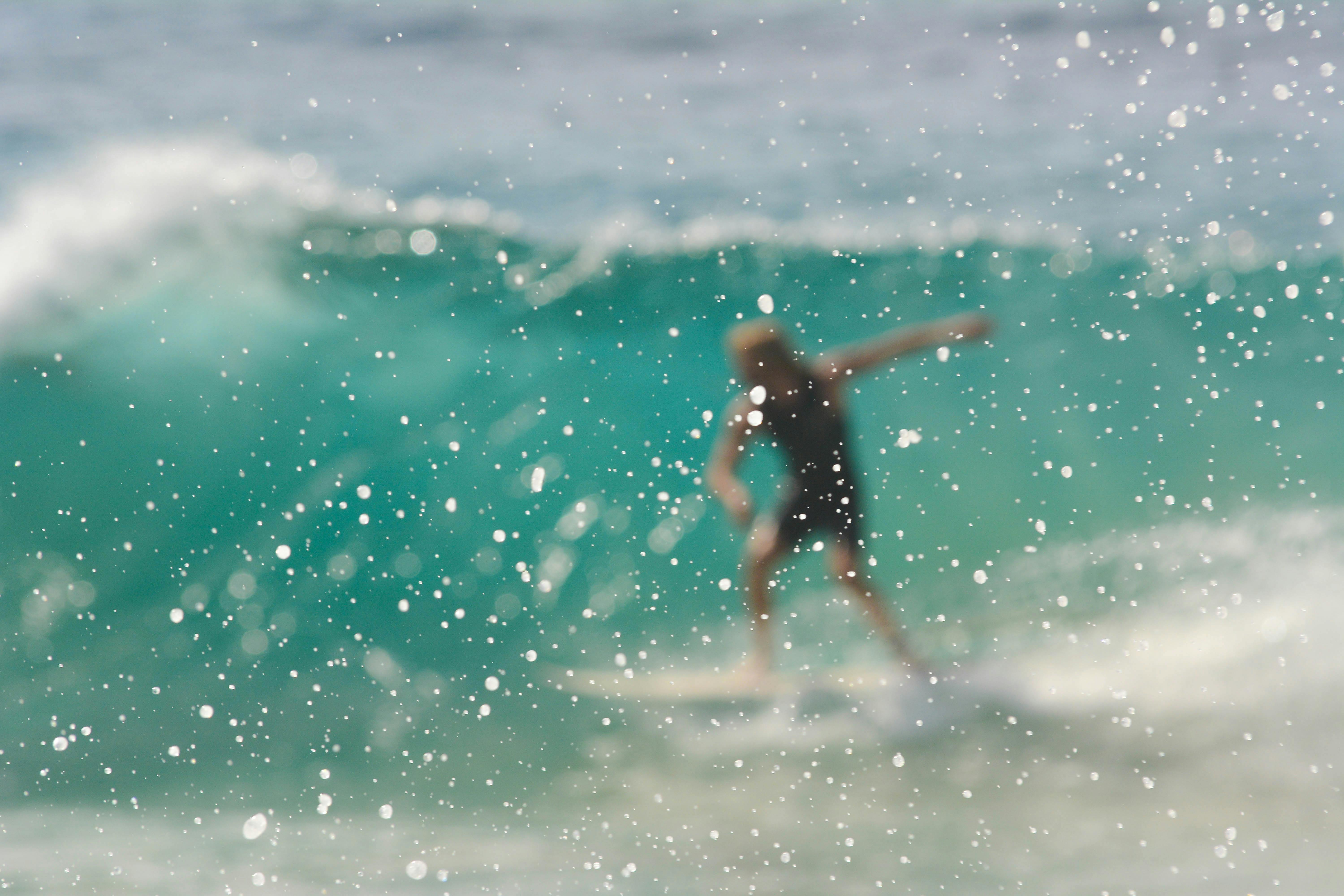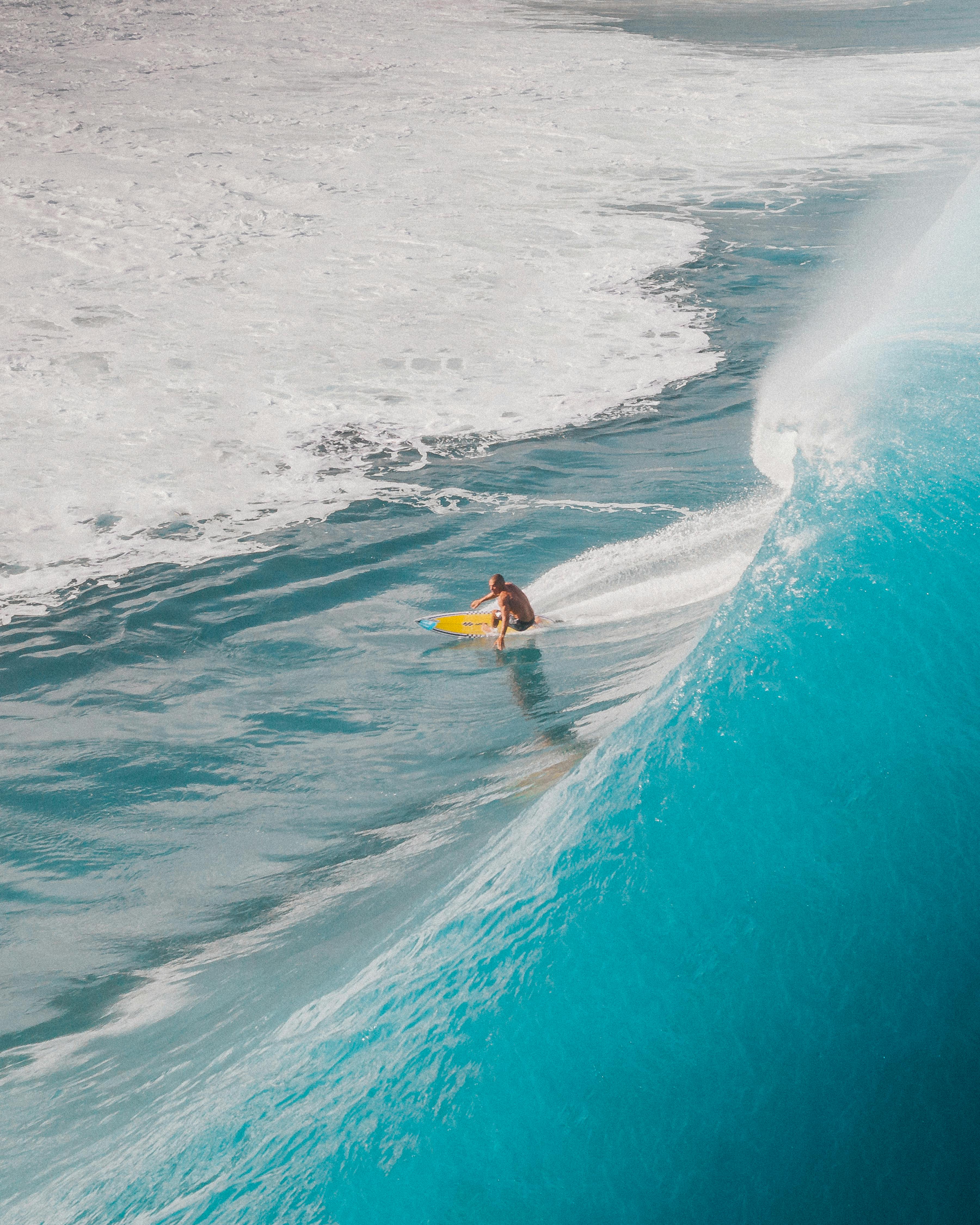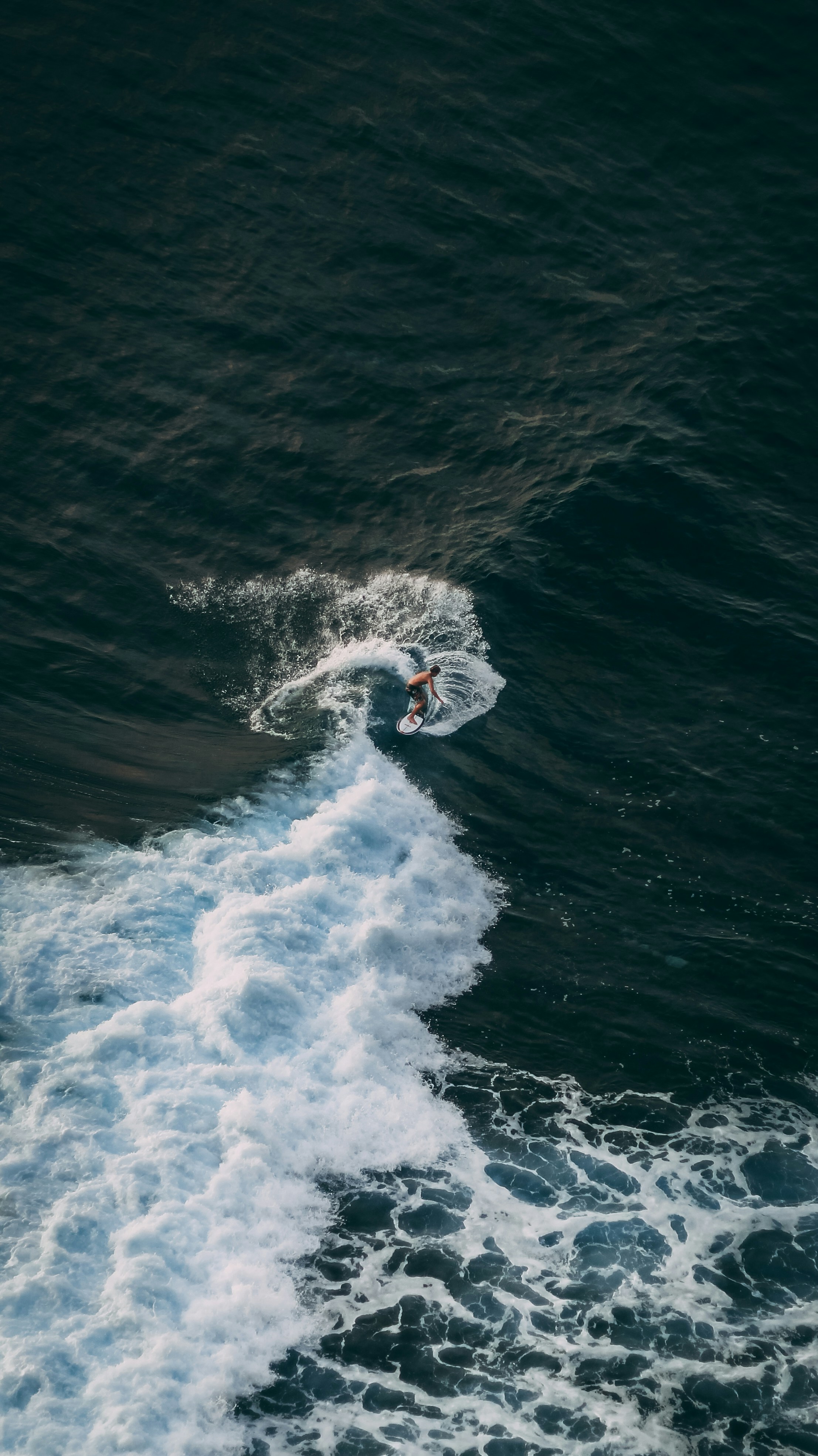You’re Catching Waves – But You’re Not Really Surfing Them
You’re catching more waves than ever – but they all feel the same. You stand up, make a few safe turns, and glide to the shoulder. It’s not bad… but it’s not progress either.
Here’s the truth: paddling into waves is only step one. If you’re not generating speed, hitting critical sections, or linking maneuvers with confidence – you’re not actually surfing them.
Let’s break down why that happens – and what you can do to change it.
1. You’re Not Generating Speed – You’re Managing It
Most intermediates don’t generate speed – they just hold whatever momentum they got from the takeoff. When that runs out, so does the wave.
The reason? Poor body mechanics.
Instead of using compression and extension to generate drive from the wave face, they either squat and hold… or try to “pump” using only their upper body. Neither works.
Try this:
– Get higher on the wave – the power zone is near the lip, not the flats
– Compress low, then extend forcefully with your legs – think jump, not wiggle
– Use your back leg to finish the extension and add direction
On land, this shows up in drills and surf skating – but in the water, it’s all about timing that movement with the steepest part of the wave.
2. You’re Not Finishing Turns – You’re Falling Out of Them
Half-finished turns kill speed. They also look awkward.
The usual culprit? You start the rotation too early or too fast – and your board exits sideways instead of driving forward. When that happens, you either stall… or bounce into a weird setup for the next move.
The key to fixing this is delayed, controlled rotation and full follow-through.
What to do:
– Start your turn with compression – not just a head whip
– Let your front arm guide the movement, and finish with the back leg
– Hold posture through the arc – don’t bail mid-turn
Watch surfers who link turns effortlessly – they don’t rush. They hold each movement to the end.
3. You’re Surfing at 110% – And It’s Slowing You Down
If every wave feels like a battle, your surfing probably looks that way too. Over-muscling your turns doesn’t make them better – it makes them stiffer, slower, and harder to link.
Style and flow come from balance and rhythm – not max effort.
Try surfing at 80–90% instead:
– Use clean lines, not forced snaps
– Focus on glide and posture
– Let the wave do some of the work
You’ll often go faster – and surf better – by doing less.
4. Your Setup Turn Is Letting You Down
A good top turn starts with a good bottom turn – and most intermediates don’t commit to it.
If your setup is shallow, rushed, or aimed at the wrong section, your top turn has no chance. You’ll either under-rotate, go flat, or miss the section entirely.
Fix it by:
– Compressing low and staying in that position longer than you think
– Holding your bottom turn until your board is pointed up the wave – not sideways
– Finishing your extension into the top turn, not before it
Bottom turns are the foundation of real surfing – everything else builds on that.
How TRAX Helps You Surf Waves, Not Just Catch Them
Most surfers don’t realize they’re doing any of this wrong – because in the moment, it feels okay.
TRAX makes that invisible stuff visible.
It’s a smart sensor system that tracks:
– How your weight shifts through each turn
– Whether you’re extending too early
– When and where you lose speed
– How sharp – or shallow – your turns actually are
Then it turns that into coaching feedback and land-based drills, tailored to your weak spots.
TRAX helps you stop guessing – and start surfing.
If you’re tired of wasting waves, it’s time to level up.
Sign up for early access to TRAX and turn your sessions into actual progress.
Are You Surfing the Wrong Section of the Wave? – Positioning is everything — especially before takeoff.
Fix Your Surf Pop-Up – If your takeoff’s off, the rest of the wave doesn’t stand a chance.








